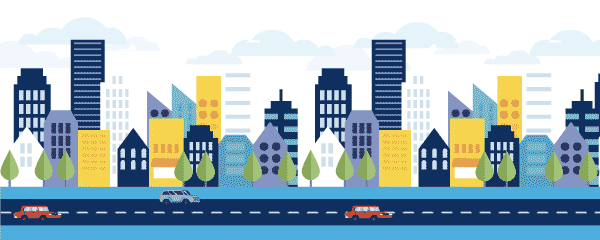
EXTERNAL COSTS OF TRANSPORT
WHAT WE KNOW & WHAT WE SHOULD KNOW BETTER


Transport largely contributes to the high levels of economic and social welfare in our societies.
At the same time, transport generates downsides in terms of
In 2019, the European Commission has evaluated the external costs in transport (“Sustainable Transport Infrastructure Charging and Internalisation of Transport Externalities” (STICITE) and the “Handbook on the external costs of transport version 2019”).
Accidents and congestion represent the large majority of external costs

The FIA European Bureau has commissioned a scrutiny study to review the findings.
It found that while STICITE research has been comprehensive and thorough,
it showed the limitations of such an exercise.
Compared to STICITE study, the expert review analysed the sensitivity of the evaluation of external costs of transport and proposed figures one third lower as one possible outcome with significant uncertainties remaining.

Of the remaining 652 bn €, 448 bn €
are borne outside of the sector,
while 204 bn € (accidents and congestion)
are mainly borne by users inside the transport system.
To deal with downsides of transport,
the FIA European Bureau believes that
the European Commission should
Acknowledge
the limitations
External costs are not to be found in balance sheets and therefore have to be estimated
Results depend on (quality of) assumptions and approximations used for estimation and are therefore automatically afflicted with uncertainty
Estimations are therefore inappropriate for cost allocation to consumers
Choose effective policies
Charging for external effects of transport under certain circumstances is not suitable to reduce them effectively
Technology, investment and command and control measures are best suited to tackle accidents, congestion, and noise
Further taxes may be detrimental to low-income consumers
Compare objectively and fairly
Subsidies have to be accounted for as additional costs borne by society (e.g. operational subsidies for rail transport made up for 30 bn euro in 2016)
External costs in urban public transport and congestion costs in non-road modes, leading to a distorted view should be accounted for additionally
Consider the impact of technology
Main external effects of transport will significantly decrease in the next ten years
Engine and safety technology as well as traffic management systems will significantly contribute to this development
In 2030, the majority of passenger cars on European roads will comply with the newest emission standards. This will gradually reduce air pollution costs towards zero
Be open and transparent
Policy makers have to be aware of all shortcomings when estimating external costs
Missing background data prevents full evidence review for this prominent area of EU public policy
The expert review carried out by the Impact Assessment Institute, Element Energy, and Cambridge Econometrics scrutinises the evidence in detail, including the methodologies, assumptions, data, results and conclusions, presents additional insights and research, and considers alternative approaches.
Based on this thorough review, the researchers make recommendations for further study.

#BetterDeal


